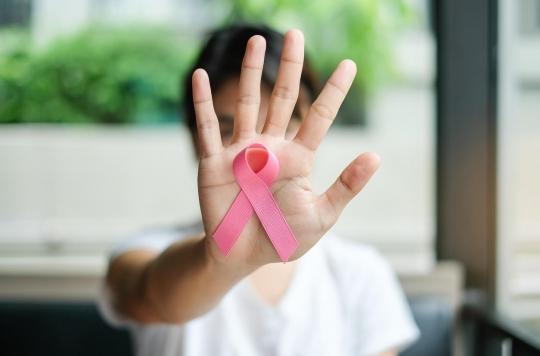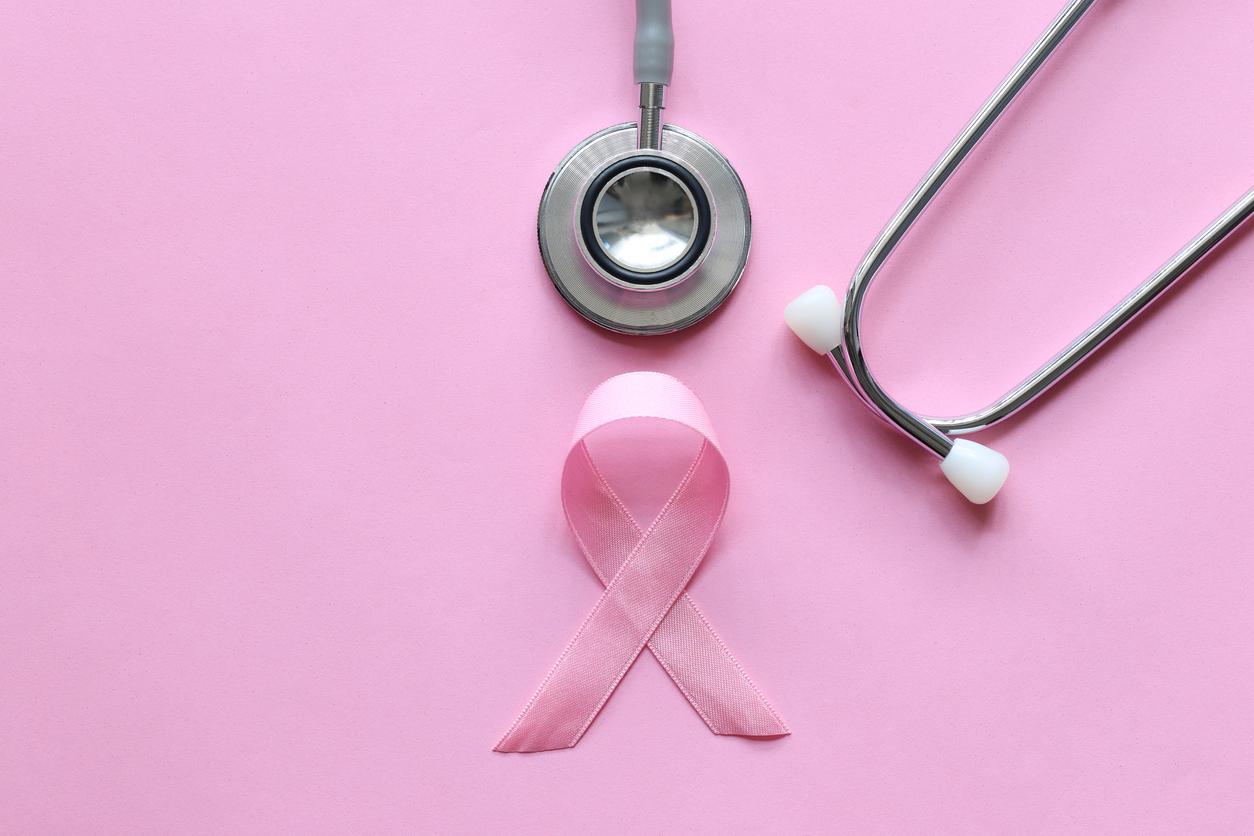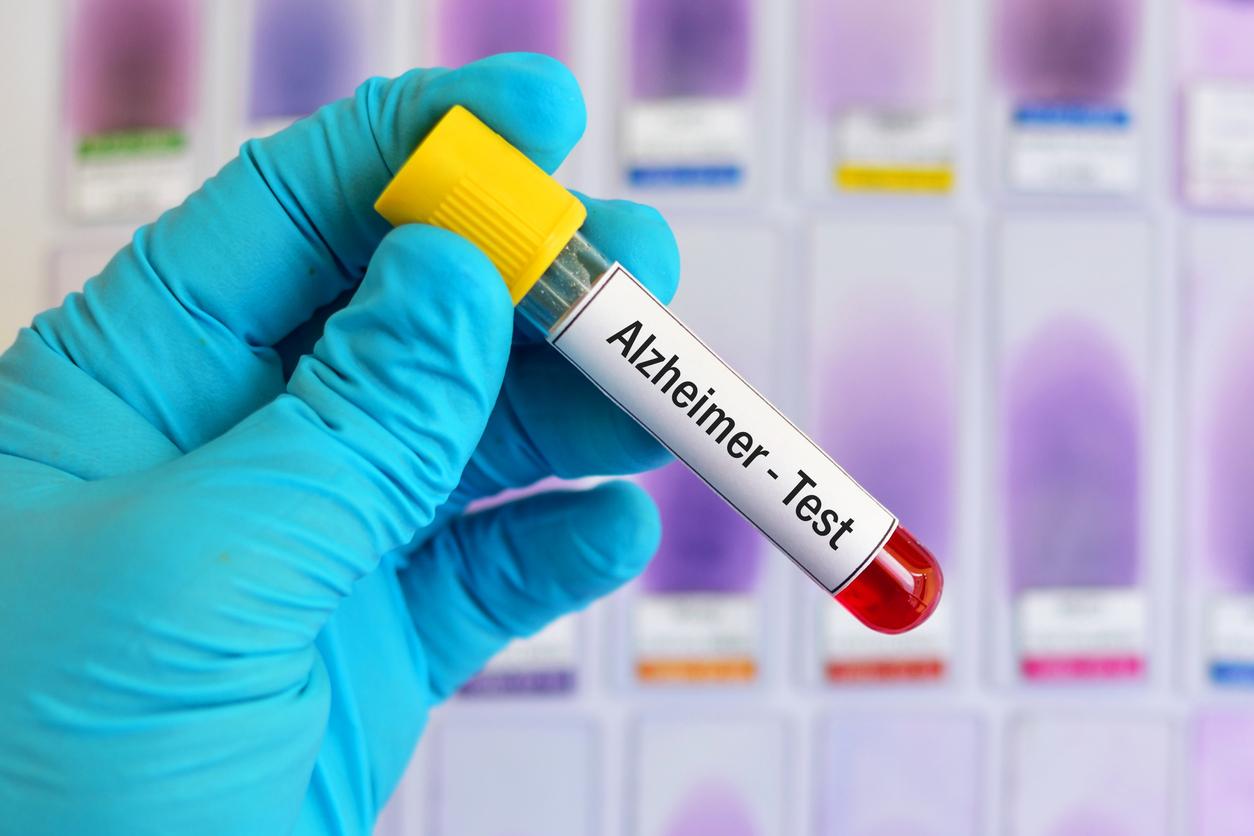Biomarkers, immunotherapy, PET Scan… On the occasion of the ASCO international congress, which was held from May 29 to 31, Professor Gilles Freyer took stock with Why doctor on advances in breast cancer .

- For Professor Gilles Freyer, genomic sequencing unquestionably improves the situation in a certain number of patients with metastatic breast cancer.
- In metastatic triple negative breast cancer, we are waiting for a revolution in immunotherapy.
- Patients with HER2-positive tumors have benefited the most from medical advances in recent years.
Breast cancer is the most common cancer in women worldwide and accounts for 16% of all female cancers. According to the World Health Organization (WHO)it is estimated to have killed 519,000 the number of women worldwide in 2004. Professor Gilles Freyer took stock with Why Doctor on advances in breast cancer.
Operation or irradiation for tumors metastatic from the outset
“I don’t know about the operation, doing them exclusive radiotherapy is possible but it’s probably not the most optimal treatmentexplains Gilles Freyer to Doctor Jean-François Lemoine. When you operate on them, you have to do it with a goal of survival ambition. The idea is not only to prevent local evolution but also to bring something to the patient. So if we do it, do it in a fairly standard way: that is to say, do surgery and chemotherapy in addition if necessary”. He cites in particular a vast American study on the subject, presented at ASCO 2020 with disappointing results.
“After four to eight months of systemic treatment, the study is negative. (…) They were expecting a 19% increase in overall survival in favor of surgery, which in my opinion was unachievable since it is more than chemotherapy and trastuzumab (monoclonal antibody) and anti-HER2 (targeted therapy) combined”. In conclusion, “these surgical questions arise on a case-by-case basis, depending on the tumor biology, the patient’s motivation and the control we have over the metastases”says the oncologist.
Biomarkers
“In metastatics, there are two main orientations concerning biomarkers. The first is to look at what predicts the effectiveness of immunotherapy. We are starting to look a little bit at the side of the mutational load, that is to say the quantity of slightly abnormal antigens (..) The other classic marker, PDN1, which in many situations more or less predicts the efficacy of immunotherapy. For now, this marker is not entirely conclusive in breast oncologyexplains Gilles Freyer. The other element is to take a closer look at the DNA repair abnormalities that are at the origin of the family predisposition to breast and ovarian cancer. (…) and that we are trying to target by giving PARP inhibitors and platinum-based chemotherapies”, he continues. The idea is therefore to no longer only be interested in not only the BRCA genes. According to several studies, during her life, a woman has a risk of developing breast cancer of 51 to 75% if she is a carrier of a BRCA1 mutation and of 33 to 55% if she is a carrier of a BRCA2 mutation. . However, these results vary from one family to another.
“As far as molecular signatures are concerned, we are more in patients who have been operated on and who have intermediate prognoses, not very good, nor very risky, where the efficacy/tolerance ratio is crucial”. Based on two large studies carried out on the subject, the specialist concludes: “Undoubtedly, molecular signatures make it possible not to perform chemotherapy under safe conditions for a certain number of patients, but those who will clearly benefit from it are not that many. We have made colossal efforts to carry out large clinical trials and I wonder if the mountain has not given birth to a mouse.
For the oncologist, molecular signatures are useful in the case of metastatic cancers but not necessarily others. In metastatic disease, “the strategy is to look at genetic mutations in cancer cells and in which we will be able to apply targeted therapies”, he explains. Oncologists then wonder: “How could a drug that acts on a mutation that we will find in malignant melanoma also help if we find the same genomic mutation in breast or colon cancer?”. “In this case, it is a strategy that undoubtedly improves the situation in a certain number of patients”he decides.
On the other hand, for patients who have already been operated on for the disease in an adjuvant setting without metastasis and where the doctor wonders about the risk of relapse, this strategy proves to be less conclusive. “The idea is to refine the estimates so as not to do chemo when its effectiveness is possibly mediocre. The whole point of molecular signatures is to look at the genetic profile of tumors that are at higher risk, but also genetic profiles that predict the effectiveness of chemotherapy and, alas, they are not exactly the same. You constantly have to deal with the prognosis (what is the risk associated with the disease?) and the prediction: (how effective is my treatment?)”explains Gilles Freyer.
Immunotherapy
Immunotherapy “raised enormous hopes, especially in triple-negative cancers, which have all the same now partly fallensays the oncologist. The main study which had associated chemotherapy and immunotherapy in metastatic triple negative breast cancer had given hope but due, among other things, to difficulties in interpretation, there was no marketing authorization. the market in France for the corresponding drug”he recalls.
Furthermore, “when we compare yet another chemotherapy to an immunotherapy given alone and not in combination, the immunotherapy in question does not do any better”. Regarding “the neo-adjuvant situation for triple negative tumors that do not express hormone receptors or the HER2 protein, this drug is not available in France.” In conclusion, for now, “immunotherapy only concerns the 15% of breast cancer patients with triple negatives awaiting a revolution comparable to that of lung cancer, kidney cancer or malignant melanoma, for example.”
HER2 positive tumors
These tumors affect approximately 13% of breast cancer patients. “These are the ones that have benefited the most from the positive advances over the past 25 years in a metastatic situation”welcomes the scientist.
The PET Scan
For Gilles Freyer, the PET Scan Is usefull “when we have a neo-adjuvant situation which will lead to treatment in a patient who has a tumor in place to try to operate on it in the best conditions, first by reducing the volume of the tumor, to preserve the breast ”. “Over the years, we have realized that for certain types of tumours, in particular HER2 negative ones, not only will we help the patient to keep her breast but above all we will have a model to assess the evolution of the tumor and therefore the effectiveness of what we do when the patient is under medical treatment”he continues.
“Whereas if you give treatment after the operation, it is blind treatment (…) However, if I am treating in a neo-adjuvant situation and I see the tumor melting on the PET Scan, I tell myself that the patient is all the more likely to have a complete response, that suggests a great chance of recovery. Otherwise, he will be offered another treatment after the operation”explains the oncologist.
Thus, the PET Scan “is probably a fairly early way of knowing whether, from the start of the treatment, it is effective and will be more and more so over time. The idea is to be able to make therapeutic adaptations in real time in the future, so that at the time of the operation we have a maximum level of chance of no longer finding a tumor in our breast, and therefore to heal her.”
Below, the interview of Professor Gilles Freyer by Doctor Jean-François Lemoine:

.















